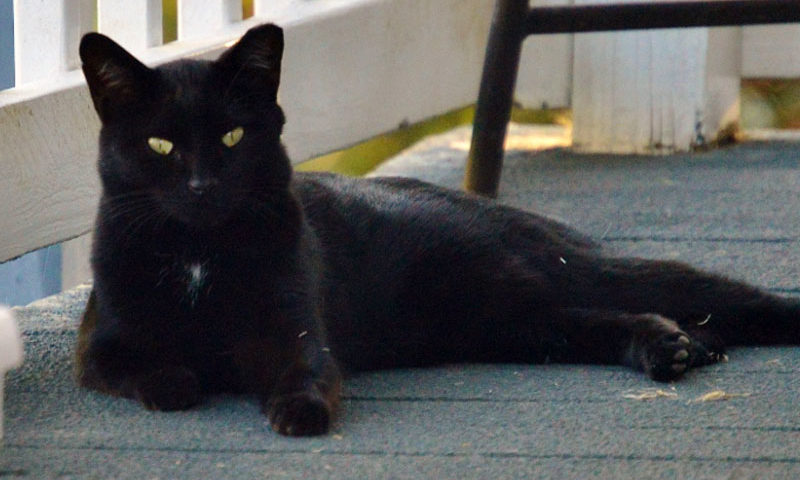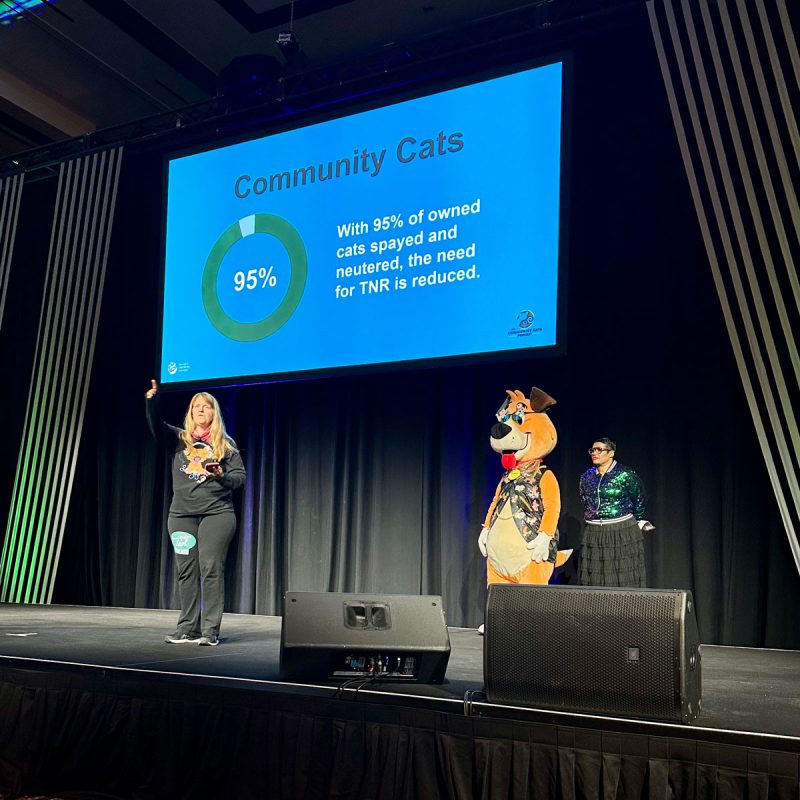
Interview! Vickie Fisher – President of The International Cat Association (TICA)
April 7, 2018
Interview! Sterling Davis, Atlanta’s “Trap King”
April 14, 2018

For as long as I have been involved with animal welfare (which is going on twenty-four years), there has always been a discussion about the term “no-kill.” Many organizations have “no-kill” in their mission statements and proudly state that they embody this philosophy — and then there are others who feel that this terminology is alienating and that being “no-kill” doesn’t make an organization any better or worse that an organization that doesn’t use that terminology.
Back in the mid- to late ’90s, I believe no-kill was more of a movement. There was a conference and a directory of organizations that seemed attached to the philosophy of not euthanizing adoptable cats and dogs in their shelters. But I also think we looked at other programs like low-cost spay/neuter, TNR, and emergency assistance. These programs don’t play directly into shelter metrics, but nonetheless, we thought of them as the bedrock programs for creating a no-kill community.

Now fast forward to around to the early 2000s, when we somehow got it in our minds that if you have a 90% save rate in your shelter, then you are a no-kill organization, and therefore a no-kill community. I don’t know who determined that 90% was the magic number, but it seems that most organizations are accepting that number as the line that needs to be crossed in order to be tagged as no-kill — but is that really the case? How do organizations reach this metric? Is this metric truly the best way to evaluate and label an organization no kill? Does this metric encourage organizations to turn away compromised cats in order to ensure that they are reaching this goal? Are we becoming too myopic in our work, focusing solely on this one data point in sheltering in order to brand a whole community a success with their programs?
I do think that it is much easier for all of us to be less interested in the idea of no-kill if we just refer to the 90% save rate figure. Maybe this is the bridge that helps keep our conversations going within all organizations — but I also don’t want us to lose sight of the fact that when it comes to cats, shelter metrics only tell part of the story.
In short, I want to make sure that organizations prioritize and focus on the needs of the animals in the communities first and worry less about the metrics. How do youfeel about no-kill becoming a “metric” and maybe losing the “movement”? I would be interested in knowing your thoughts.




